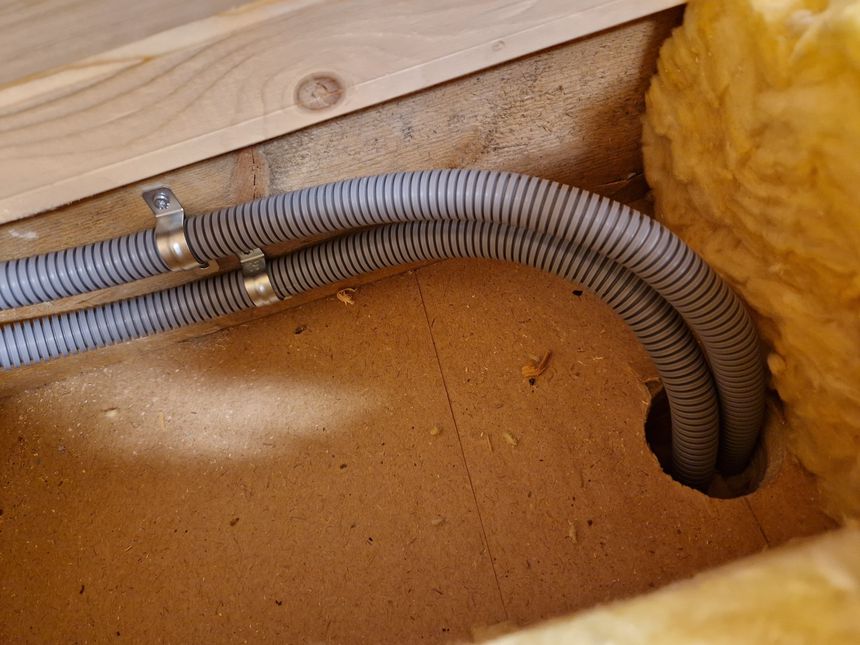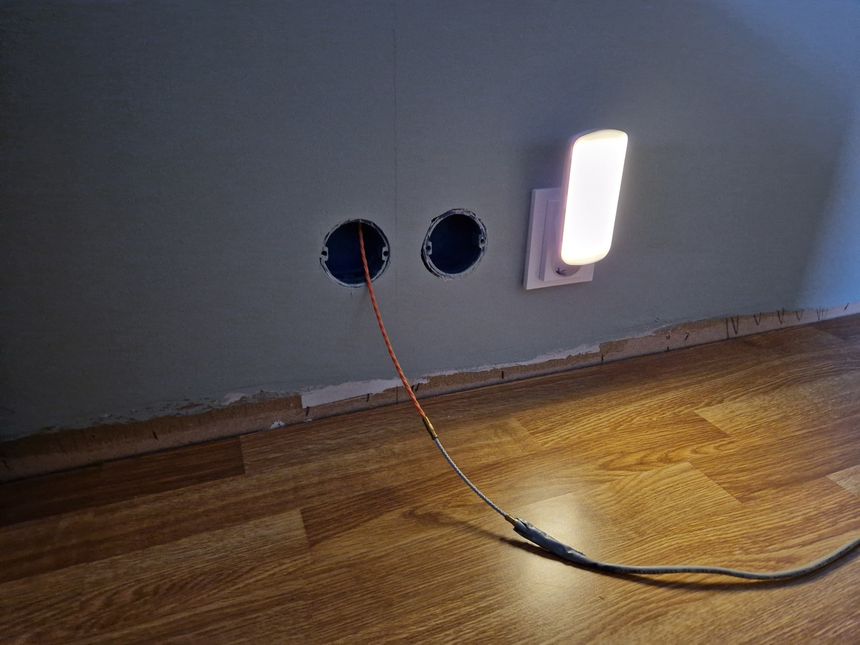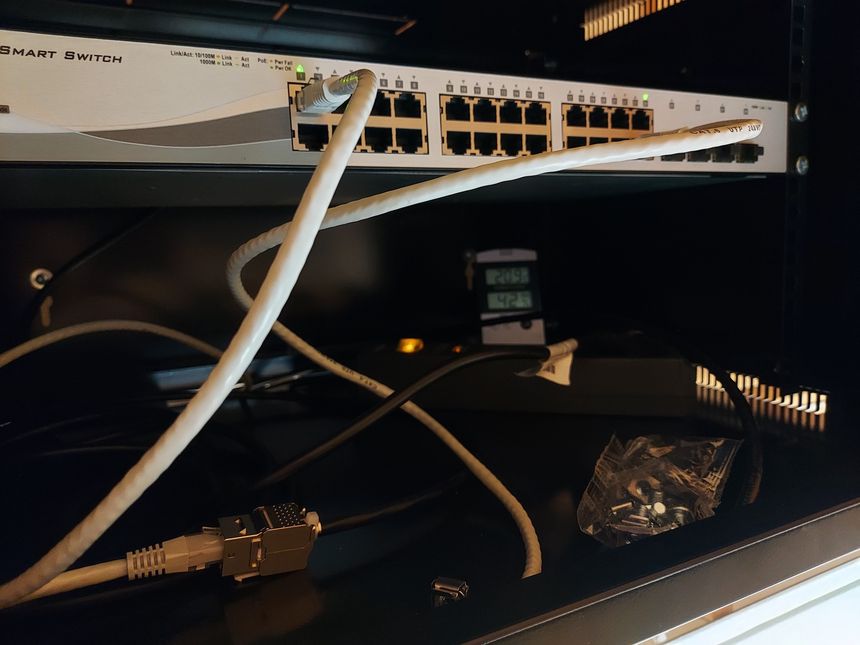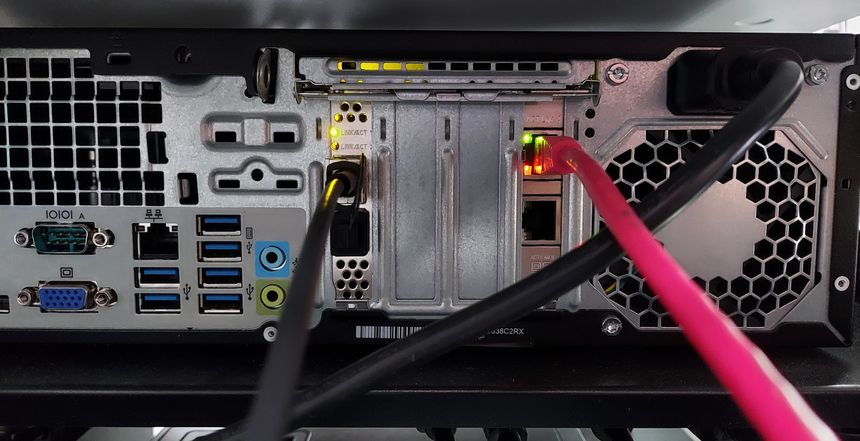The Unifi UAP-AC-M access point in my garage stopped working a few weeks ago. Or, the device didn’t stop working, it still showed up in the Unifi controller and I could ping it. But it stopped providing Wi-Fi connectivity — my phone connected, but got no network access…
I remembered experiencing this before — the VLANs for user and guest Wi-Fi wasn’t allowed through the D-Link switch. I had simply not configured them, but why was it failing now?
Trying to log into the switch — I found that it no longer got an IP from the DHCP server. By all accounts; it looked like the switch had been reset.




